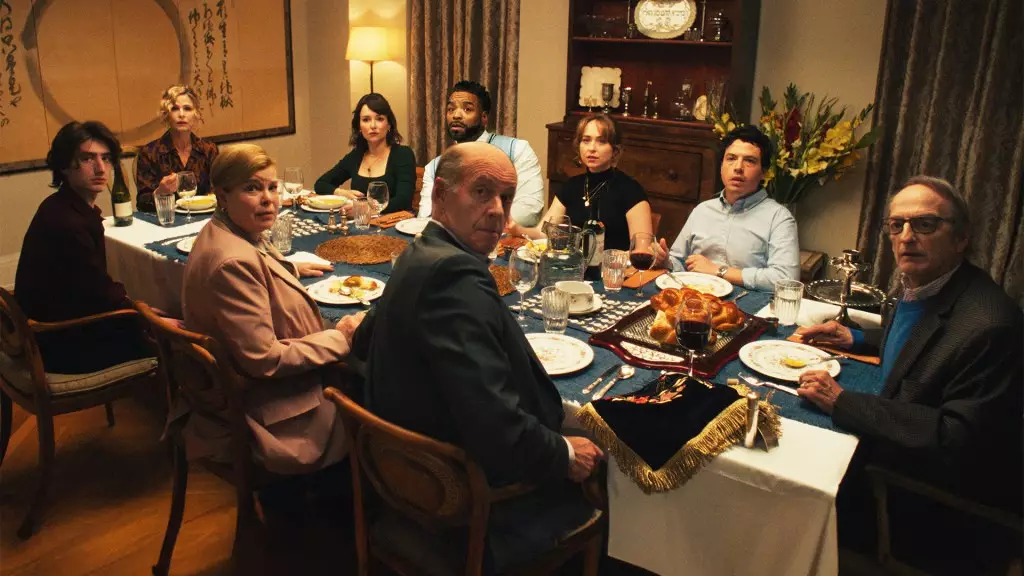In an era dominated by blockbuster spectacles and franchise fatigue, a surprising but invigorating trend is emerging: small, independent films are quietly reclaiming their space in the cinematic landscape. Historically dismissed as niche or purely artistic endeavors, these films are now demonstrating that compelling storytelling, originality, and authenticity can resonate with audiences even on limited screens. This shift isn’t merely a matter of luck or passing interest—it signifies a fundamental change in how we perceive the value of indie cinema in contemporary culture. Their perseverance challenges Hollywood’s obsession with mass appeal, proving that passion-driven projects can thrive outside the traditional box office juggernauts.
The Power of Word of Mouth and Persistence
One film leading this charge is Menemsha Films’ *Bad Shabbos*. Despite a modest opening—just $53,000 across 30 locations—it has defied expectations by continuing to build momentum with extended runs, eventually surpassing $250,000 domestically. This film’s longevity underscores a critical lesson: in the age of digital connectivity and social media, word of mouth remains the most potent marketing tool. Audiences are eager for authentic stories, especially ones that reflect their lives or challenge preconceived notions. *Bad Shabbos*, a comedy rooted in interfaith family dynamics, taps into universal themes with humor and nuance that resonate with viewers on a personal level. Its success illustrates that small films don’t need blockbuster budgets or high-profile stars—what they need is integrity and the ability to connect.
Evolution of Distribution Models and Audience Engagement
Another noteworthy aspect is how these films are distributed. Many of them debut slowly, often opening in select cities and then gradually expanding. This cautious approach allows for building sustainable word-of-mouth buzz, which can turn modest openings into continuous runs. For instance, *Bad Shabbos* held several weeks at key venues such as the Quad Cinema in New York and the Coolidge Corner Theater in Boston, where consistent audiences kept the film alive beyond initial expectations. This strategy suggests a deliberate shift away from the immediacy of online streaming, valuing theatrical experience and communal viewing. It also highlights the importance of regional theaters in nurturing diverse storytelling and supporting filmmakers who dare to tell stories outside the mainstream narrative.
The Increasing Value of Niche and Quirky Films
The diversity of recent indie releases reflects a broader cultural desire for varied stories. Films like *Hundreds Of Beavers*, a supernatural winter epic without dialogue, demonstrate how unconventional narratives can carve out their own audiences. Although modest in box office terms—garnering around $724,000 domestically—such films fuel a crucial ecosystem of creative experimentation. These projects challenge conventional filmmaking standards, fostering innovation and opening pathways for underrepresented voices. Their success, though slow and often understated, embodies a cultural shift towards appreciating complexity, subtlety, and originality.
Challenges and Opportunities Ahead
Yet, it’s important to recognize the hurdles these films face. Limited marketing budgets, constrained distribution options, and the dominance of streaming giants threaten their survival. However, their achievements suggest that with patience, strategic engagement, and community support, small films can carve out enduring spaces. Moreover, this indie resilience pushes Hollywood to reconsider the kinds of stories they support and promote. A more balanced ecosystem would elevate diverse perspectives, fostering a richer, more inclusive cinematic culture.
This ongoing transformation is a testament to the enduring importance of independent filmmaking. It demonstrates that quality storytelling, when supported by genuine audience engagement and a willingness to take risks, can challenge dominant narratives—even without massive budgets or wide releases. As these films persist and grow, they remind us that cinema’s most powerful form lies in its capacity to reflect the multifaceted human experience in all its quirky, unpredictable glory.


Leave a Reply